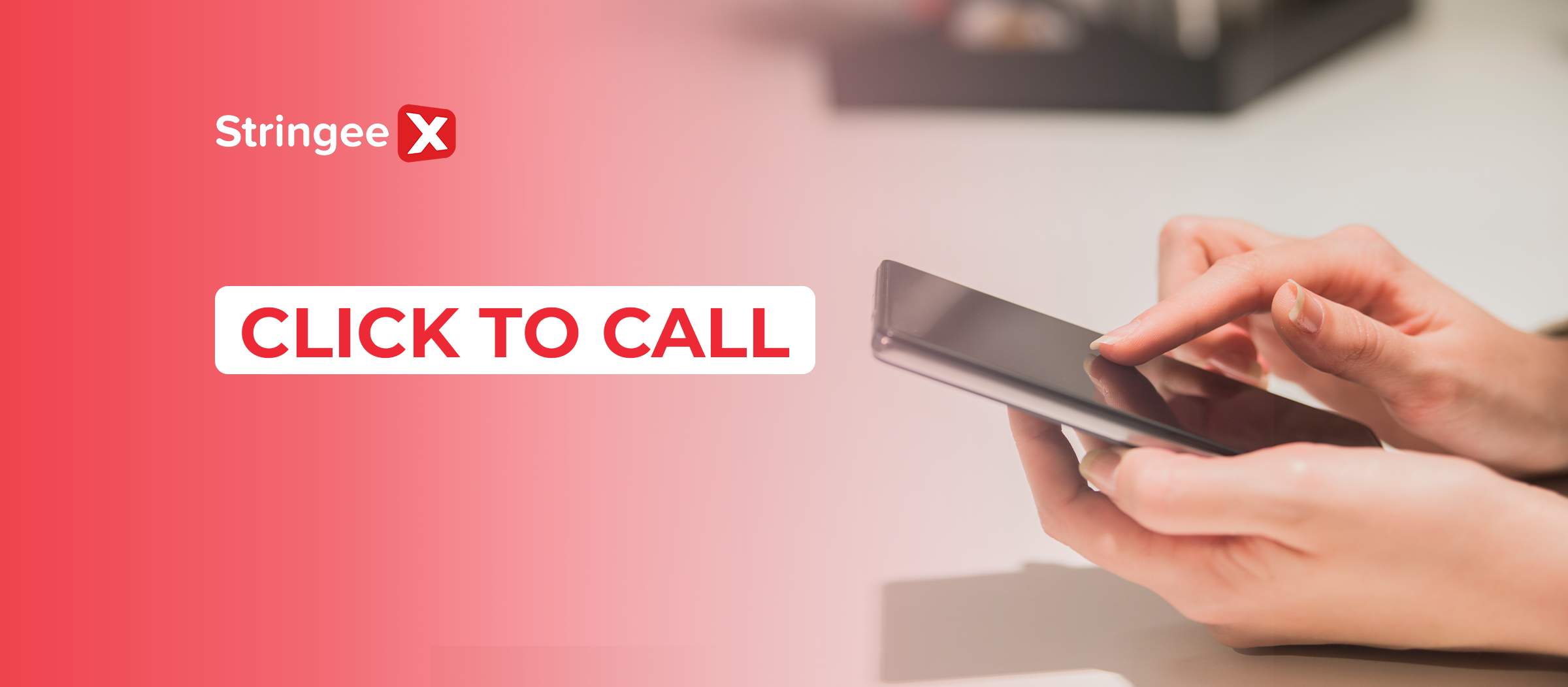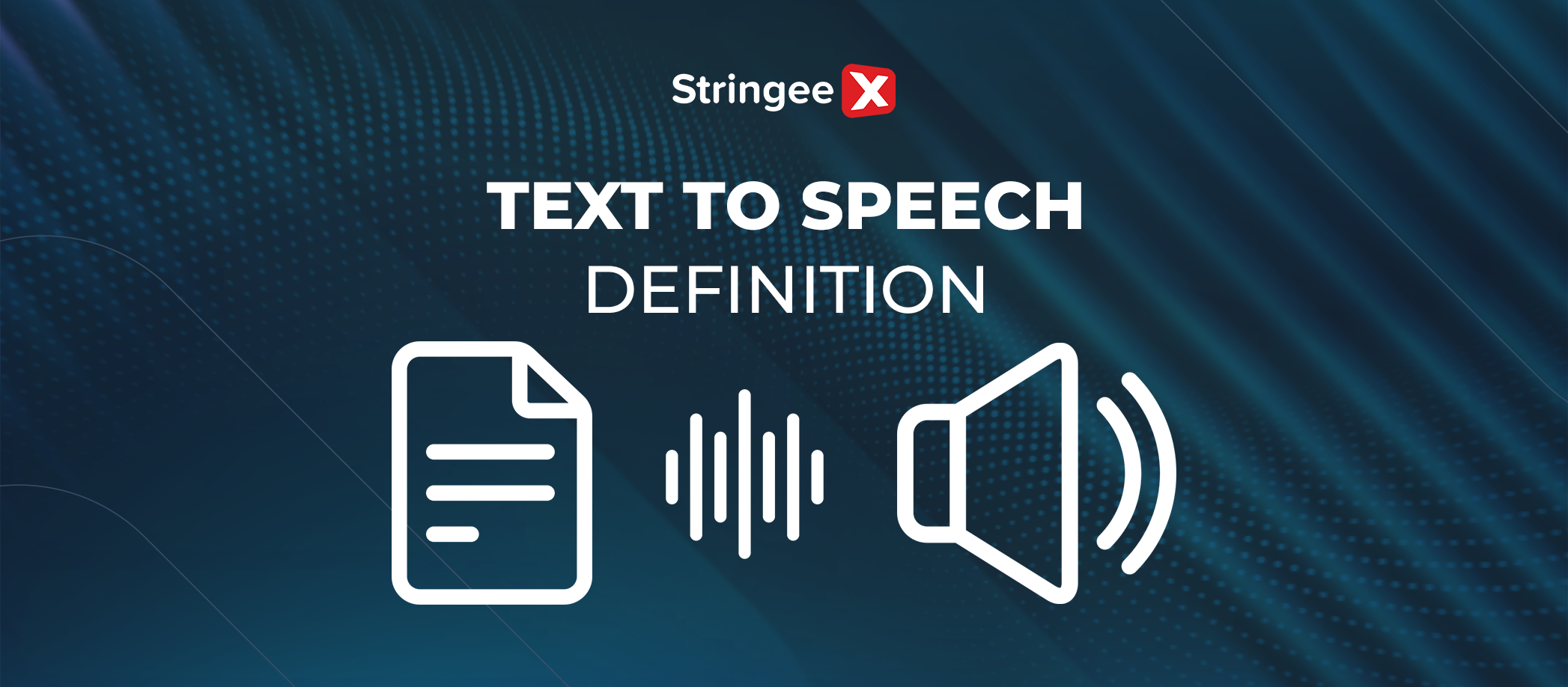Introduction
The success of a business often hinges on more than just its products. How long it takes for customers to get support when they need it most also plays a role here. Imagine someone waiting to solve their issue immediately but being left hanging for ages; that frustration will likely drive them away from the company for good!
But there's a solution: Click to Call. Let us tell you how it makes a difference.
An Overview Of Click To Call
The business embeds a clickable phone number on its website or app (Image source: Pexels).
Definition
Let's start with a simple example. Imagine a customer browsing a travel website. They find a great vacation package but have some reservations before booking. Traditionally, they would need to find the company's phone number, copy it down, and then manually give it a dial.
But now, click-to-call eliminates this hassle entirely.
The business embeds a clickable phone number on its website or app. (it can be a text hyperlink or a button styled like a phone icon). When a customer clicks the button, their device recognises the phone number and prompts them to initiate a call immediately.
Types Of Click To Call
Click-to-Dial (Basic)
It's the most common type that offers the core functionality we just described. Its excellent compatibility with smartphones makes it ideal for mobile-first interactions.
Example: An e-commerce website displays a click-to-dial number for customer support next to its product listings. When a customer clicks the number on their phone, their device dials the business automatically.
WebRTC Click-to-Call
This advanced feature leverages WebRTC, a web browser technology that enables real-time communication. Provided that customers' computer microphones and speakers are still working, clicking the number will initiate a voice call directly within the browser window.
Example: A video conferencing platform offers a click-to-call option for technical support during a video call. After clicking the button within the browser window, users are connected directly to a support representative without switching applications.
Integrated Click-to-Call
Some companies integrate Click-to-Call with their existing CRM (Customer Relationship Management) or call centre software, with advanced features far beyond basic call initiation. Common examples:
- Call Routing: Distributes incoming calls to the most appropriate agent based on skills, availability, or customer history.
- Call Recording: Records calls for training, quality assurance, or dispute resolution purposes.
- Call Analytics: Provides data on call volume, wait times, average handle time, etc., to help businesses optimise their call centre operations.
Example:
Click-to-call for loan inquiries is a common feature on many bank websites.
Customers are connected to a loan specialist within the bank's call centre. The call gets routed based on the customer's loan type, and the conversation might also be recorded for future training purposes.
Difference Between Click To Call, Call Queuing, and Callbacks
The three features have different purposes. (Image source: Freerangestock).
All three functionalities help manage phone calls for businesses. The only difference is how they approach it:
Click To Call allows website or app visitors to initiate a phone call with a business representative with a single click. It streamlines the connection process so customers don't need to find and dial the phone number manually.
Call Queuing is a system that holds incoming calls in a virtual queue until an available agent can answer them. This feature is particularly helpful during peak call times when call volume exceeds the number of available representatives.
The goal is to ensure customers do not abandon their calls and prevent overwhelmed agents from juggling multiple calls simultaneously. Other features (e.g., hold music or the option to leave a voicemail) can be used together with call queuing to mitigate customer frustration.
Callback gives callers the option to receive a representative's callback instead of waiting on hold in the queue, which is quite appealing for busy clients who cannot afford to be stuck on hold.
It reduces frustration (often associated with waiting on hold for too long) and minimises call abandonment rates, guaranteeing a higher satisfaction score.
Here's a summary table:
Feature | Function | Business Benefit | Example |
Click to Call | Initiates call from website or app | Better customer experience | Clicking a "Call Now" button on a website |
Call Queuing | Holds calls in a queue | Handles high call volume efficiently | Being placed on hold in a customer service line |
Callbacks | Option to receive callback instead of hold | Reduces call abandonment rates | Choosing a callback option while on hold in a call queue |
Why Your Business Should Use Click To Call
It is a gateway to rich customer data (Image source: Freerangestock).
Gathering Customer Data
Click To Call provides a gateway to rich customer data, which can be used to improve various aspects of your business.
Most importantly, it reveals where customers are in their buying journey. For example, a customer clicking a call button on a product page indicates their high purchase intent. But if they reach your agents via a call button on a troubleshooting guide, they're clearly struggling with a product issue.
Similarly, examining website pages or marketing campaigns that lead to click-to-call helps you identify the most effective communication channels. From here, it's much easier to launch targeted advertising for a higher conversion rate.
The best part: Click-to-call data can be integrated with CRM systems. Your agents will have full access to valuable caller information before the conversation even begins!
Example:
An e-commerce website (specialising in outdoor gear) notices a significant increase in click-to-call activity on the product page for their new line of "Horizon Hiking Boots" just before their annual summer sale.
This surge suggests customers' high level of interest in these boots, which the brand can use to tailor future promotions specifically for Horizon Hiking Boots. Agent notes or call recordings are also analysed to reveal common customer questions about the products.
Capturing Mobile Users
Studies have shown that mobile users are more likely to convert (complete a purchase or desired action) after a phone call than form submissions or online chat interactions.
That's why you need a frictionless Click-to-call to remove obstacles from their conversion process! Manually typing phone numbers on a small touchscreen can be quite cumbersome. But now, a single tap is enough to initiate the call, and the chance of them abandoning the contact attempt due to frustration is significantly reduced.
Example: A popular restaurant chain displays huge click-to-call buttons on its mobile website and app for both online ordering and table reservations. As a result, hungry mobile users can quickly place an order or book a table without navigating complex menus or filling out long forms.
Reducing Agent Work
The feature doesn't just benefit customers. Now that the agents don't have to input customer phone numbers manually, the risk of slips or errors is significantly less. It's time they focused on providing excellent customer service during the actual call.
Plus, the click-to-call data sometimes provides great context about the customer's reason for calling. A quick look at the website page (from which the click originated) might offer clues about the customer's interest! Your agents will be better prepared for the conversation and address the issue faster.
As said earlier, thanks to its integration with CRM systems, click-to-call even pre-populates customer information on an agent's screen before the call connects. Say goodbye to repetitive information gathering at the call's beginning; your agents can immediately get to the roots of customers' concerns without any delay.
StringeeX Virtual Call Centre: The Ultimate Solution
This virtual centre stands out with its omnichannel interface (Image source: StringeeX).
Click To Call
Gone are the days of searching for phone numbers and navigating complex menus! Customers simply find a "Click to Call" button strategically placed on your website, app, or even social media pages - and with a single tap, they're instantly connected to a live agent.
Likewise, StringeeX also empowers businesses to take control of communication. In seconds, your agents can search for specific customers within their list based on filters (e.g., recent inquiries, upcoming appointments) and reach out to those customers via a single click.
No more spending hours gathering information; now, your agents will dedicate more time to actually listening to customer concerns and building rapport!
Omnichannel Interface
Imagine having a single platform to connect with customers, access their communication history, and deliver exceptional service, all from one convenient interface!
That's the charm of StringeeX. This virtual centre breaks down communication silos with its omnichannel interface, allowing you to manage all customer interactions regardless of the channel used. Phone calls, emails, social media messages (Facebook, Instagram), or more, it doesn't matter.
StringeeX also serves as a central hub that consolidates all customer interactions across various channels. Within one interface, agents can access a complete customer history, including emails, social media messages, past phone calls, etc.
This translates to huge convenience for both parties. Agents don't have to juggle multiple platforms or logins for different channels; your customers also have the freedom to choose their preferred communication method!
Conclusion
Click to Call might seem like a small part of the bigger picture, but it holds much more weight than it looks. Never underestimate what this feature can achieve for your business! We're here to assist if you still need more advice.










